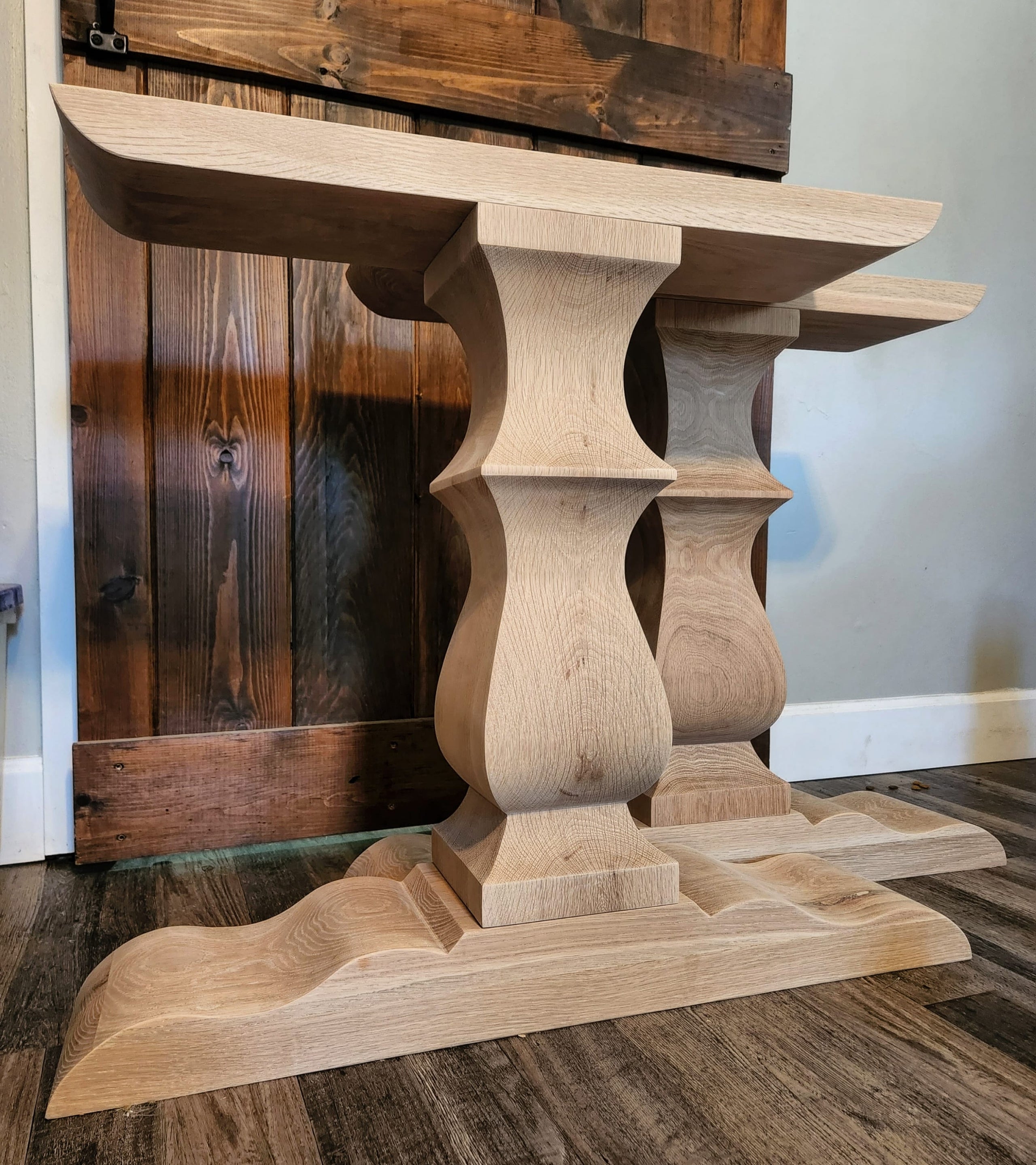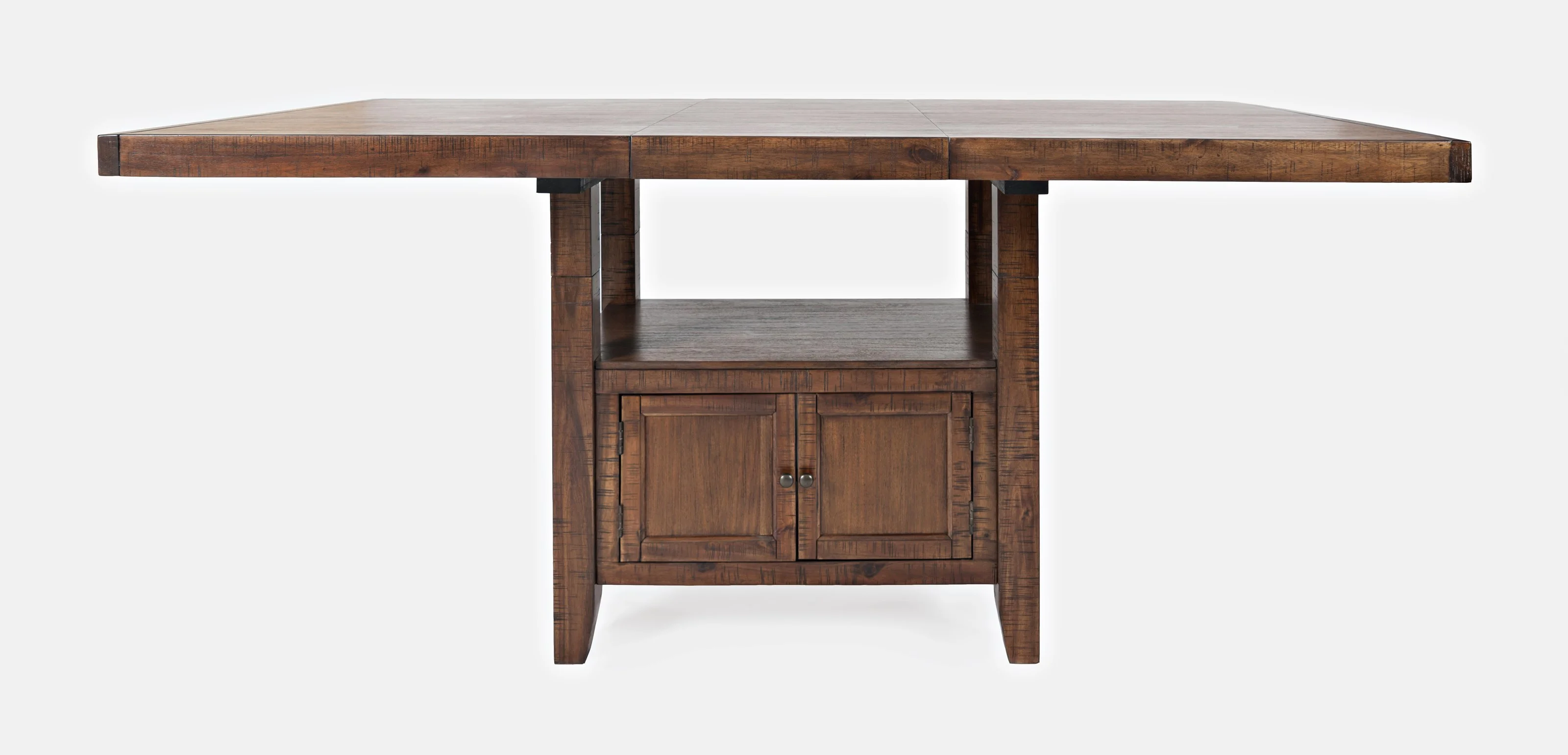Enhance Your Dining Room with Unique and Modern Dining Room Table Legs
Enhance Your Dining Room with Unique and Modern Dining Room Table Legs
Blog Article
From Conventional to Modern: Find the Suitable Eating Space Table Legs for Your Style
The selection of dining area table legs plays a crucial role in specifying the general personality of your space, bridging the void between traditional workmanship and modern visual appeals. While timeless layouts such as cabriole and turned legs stimulate a sense of ageless elegance, modern designs like barrette and geometric alternatives present an opportunity for striking visual interest. Evaluating the appropriate equilibrium in between these designs needs a nuanced understanding of your existing décor and personal taste. As you take into consideration these aspects, the question remains: just how can you perfectly integrate these varied leg styles to create an unified dining experience?
Recognizing Table Leg Styles
The range of eating space table leg designs can dramatically affect both the visual appeals and functionality of the room. Each leg design adds one-of-a-kind practical features and aesthetic components, accommodating varied layout preferences and usage requirements. Understanding these styles is crucial for selecting the best table that aligns with your overall indoor layout vision.
For instance, conical legs use a tidy, classic look that can enhance a room's beauty, while pedestal bases offer stability and take full advantage of legroom, making them excellent for smaller sized rooms. Hairpin legs, a characteristic of mid-century modern style, introduce a commercial style, permitting a ventilated, open feeling. Similarly, trestle legs evoke rustic beauty, providing durable assistance and a feeling of timelessness.
Wood legs can bring heat and appearance, whereas metal options usually convey a streamlined, modern vibe. Eventually, understanding table leg styles is essential for producing a cohesive eating area that reflects personal design while making certain practicality and comfort.
Typical Table Leg Options
When picking dining space table legs, typical options frequently embody classic style and craftsmanship. These layouts reflect an abundant heritage and a commitment to quality, making them suitable for those who appreciate timeless appearances.
Among one of the most iconic conventional leg styles is the cabriole leg, defined by its graceful curved shape. This design commonly features attractive carvings and is most frequently located in Queen Anne and Chippendale furnishings. Another prominent option is the turned leg, which boasts a series of smooth, rounded shapes that supply a traditional look while preserving security.
In addition, the straight leg, while easy, offers a unadorned and durable framework that can mix effortlessly with a range of tabletop designs. For those attracted to ornate detailing, claw-and-ball feet legs evoke a feeling of magnificence and can work as a magnificent prime focus in any type of dining area.
Finally, stand bases, although not strictly legs, supply an alternative typical choice that enables enough legroom and can be perfectly carved. Each of these traditional leg styles adds to the overall setting of a dining room, weding feature with visual allure.

Modern Table Leg Styles
Modern table leg styles offer a diverse variety of designs that emphasize ingenious products and clean lines. These designs frequently prioritize functionality while functioning as striking centerpieces within a dining area. Minimalist appearances prevail, with legs crafted from materials such as metal, glass, and engineered timber, which contribute to a airy and modern feeling.
One preferred design is the hairpin leg, identified by its slender, conical structure that supplies stability without frustrating the tabletop (dining room table legs). This design is frequently discovered in mid-century modern furnishings and can effortlessly enhance different table shapes. One more fad is making use of geometric shapes, where legs may take on angular or asymmetrical types, including my response visual passion and a touch of creativity

Blending Designs for Unique Spaces
Often, home owners look for to develop unique dining areas that mirror their individual style by mixing different layout aspects. This technique permits the incorporation of varied aesthetic appeals, resulting in an unified yet distinctive environment. For instance, pairing a rustic wooden table with smooth, modern steel legs can produce a distinctive comparison that raises the space's general charm.
In addition, integrating vintage table legs with contemporary table tops can stimulate a sense of background while preserving a modern sensibility. Such mixes not just showcase private preference but also urge creativity, enabling property owners to curate a room that feels both individual and welcoming.
Shade plays a crucial function in this blending process; picking table legs that enhance or contrast with the existing shade system can improve visual interest. For instance, whitewashed legs can soften the daring of a dark table surface area, developing a well balanced aesthetic.
Tips for Choosing the Right Legs
Choosing the right table legs is important for attaining both capability and aesthetic allure in your eating area. Begin by taking into consideration the total style of your room. Traditional settings take advantage of legs that include elaborate carvings or transformed layouts, while contemporary spaces may require smooth, minimalist styles.
Following, assess the height and stability of the legs. dining room table legs. Basic eating tables range between 28 to 30 inches in height, so ensure the legs match this dimension for comfort. Additionally, robust materials, such as wood or metal, can boost stability and durability
Evaluate the leg form as well-- choices include directly, tapered, or pedestal designs. Straight legs supply a timeless appearance, while tapered legs can add a touch of sophistication. Pedestal bases home supply sufficient legroom and are suitable for smaller spaces.
Verdict
In recap, choosing the excellent dining-room table legs calls for careful factor to consider of both modern-day and conventional designs. Traditional choices such as cabriole and transformed legs supply classic elegance, while modern styles like barrette and geometric forms give a modern touch. By integrating leg style, elevation, and material with the overall decoration, a natural and inviting environment can be attained. Inevitably, the picked table legs need to reflect her comment is here the desired visual, enhancing the dining experience within the space.
The variety of dining room table leg styles can dramatically influence both the visual appeals and functionality of the space. Eventually, understanding table leg designs is vital for producing a natural dining location that reflects individual design while making sure usefulness and comfort.One of the most legendary standard leg designs is the cabriole leg, defined by its graceful rounded shape. Straight legs use a traditional appearance, while conical legs can add a touch of elegance.In summary, selecting the perfect dining space table legs requires mindful consideration of both modern and conventional designs.
Report this page